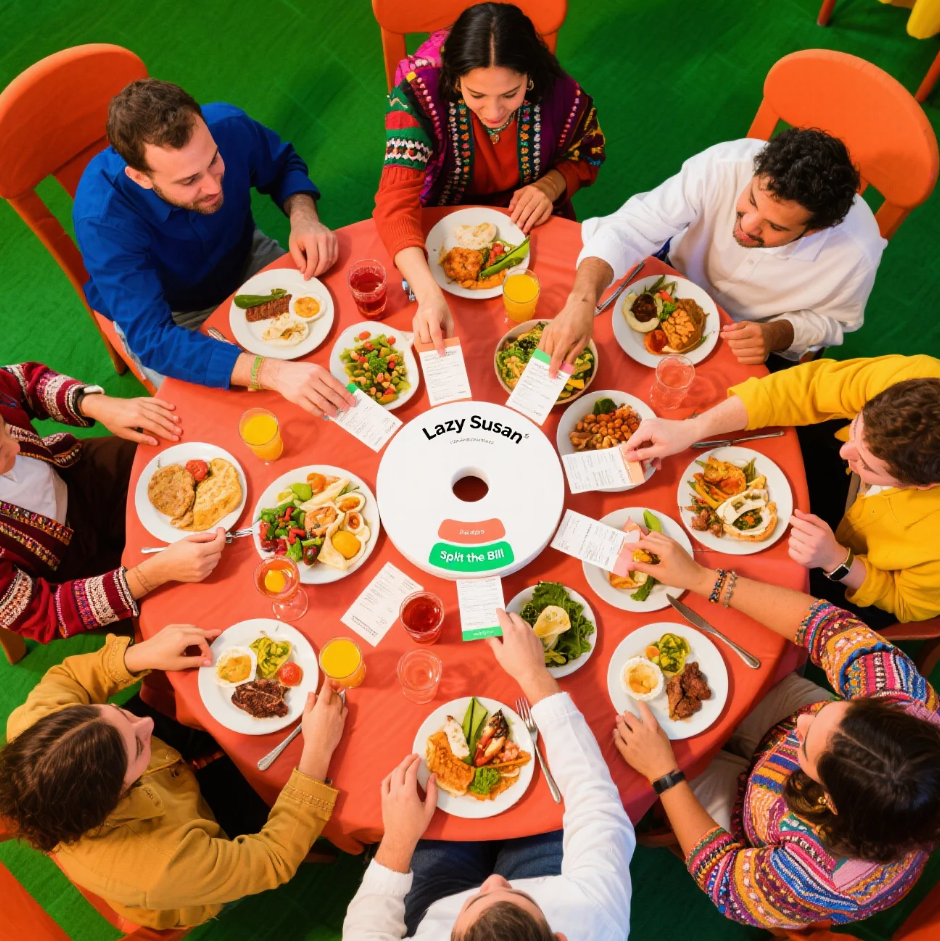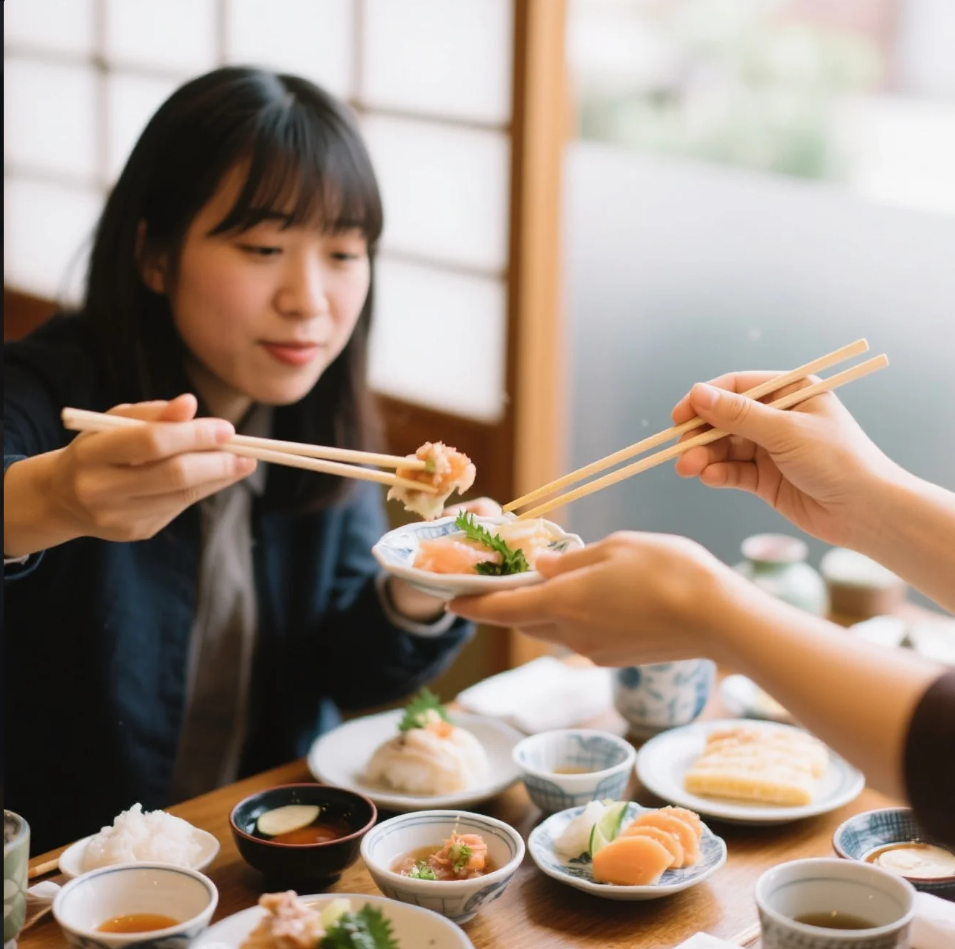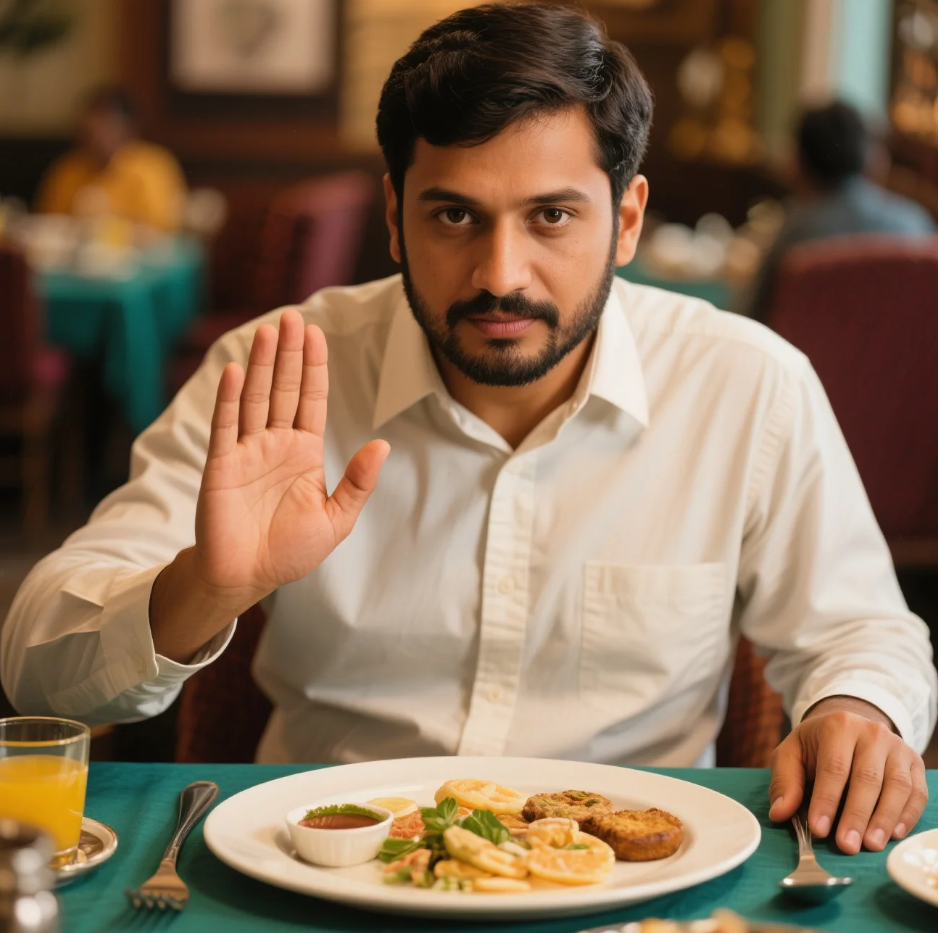
When it comes to dining etiquette, the world is a fascinating mosaic of customs, rules, and rituals that often surprise travelers and food lovers alike. One of the most intriguing and widely misunderstood dining customs is the use of the right hand for eating—especially in India and several other cultures across the globe. You might have heard the phrase “Only the right hand, please!” but what lies behind this seemingly simple rule? And how does this etiquette fit into the bigger picture of international table manners?
In this article, we’ll explore the origins, reasons, and interesting quirks behind this dining tradition, and we’ll also take a journey to discover other strange and wonderful eating rules from India and beyond. Whether you are a curious traveler, an aspiring global citizen, or just someone fascinated by cultural diversity, you’re in for a fascinating ride.
Why Only the Right Hand? The Cultural Significance in India and Beyond
At first glance, the rule of using only the right hand to eat might seem like an arbitrary or outdated practice. But in India, and in many other countries including parts of the Middle East, Africa, and Southeast Asia, this custom is deeply rooted in culture, religion, and hygiene beliefs.
Historical and Religious Roots
In many Indian cultures, the right hand is considered “clean” and auspicious, while the left hand is viewed as “unclean” or associated with personal hygiene tasks. This distinction dates back centuries and has religious as well as practical origins. In Hinduism, Islam, and Sikhism—prominent religions in the region—the right hand symbolizes purity, respect, and positive energy.
This is why during meals, people traditionally use their right hand to eat food directly, whether it’s scooping rice, tearing bread, or picking up snacks. The left hand is reserved for personal hygiene, such as cleaning after using the restroom, and it is considered disrespectful or unhygienic to mix these roles.
Hygiene and Practicality
From a practical perspective, using only one hand to eat can be a hygienic practice in communal dining situations. It helps reduce contamination, especially when sharing dishes or eating with hands in a group setting. Moreover, many Indian meals involve eating foods like rice, curries, and flatbreads that are traditionally consumed by hand, making the right-hand rule both practical and symbolic.
The Right Hand Rule Beyond India
Interestingly, this etiquette isn’t exclusive to India. In countries like Saudi Arabia, Jordan, Nigeria, and Indonesia, the same principle applies—right hand for eating, left hand for hygiene. Travelers often face confusion or even unintended offense if they inadvertently use their left hand during a meal.
In Saudi Arabia, for example, meals are usually communal, served on large platters, and eaten with the right hand. Using the left hand is considered rude and unsanitary. Similarly, in Nigeria, especially among the Hausa and Yoruba ethnic groups, the right hand is strictly preferred for eating and greeting.
Weird and Wonderful Dining Rules from India and Beyond
While the “only the right hand” rule might be the most famous, it’s just the tip of the iceberg when it comes to strange and fascinating dining etiquettes worldwide. Here are some more curious customs from India and other parts of the world that might make you rethink your dining habits:
1. No Shoes in the Dining Area (India, Japan, Middle East)
In many Indian homes, it’s customary to remove shoes before entering the dining area, or even the entire house. This practice is also common in Japan and several Middle Eastern countries. It’s believed that shoes carry dirt and negativity, so removing them preserves cleanliness and respect for the home and food.
2. Sharing from the Same Plate (India, Middle East, Ethiopia)
In India and some Middle Eastern countries, sharing food from the same plate or bowl is a sign of friendship and trust. In Ethiopia, injera bread acts as both plate and utensil, and sharing the same injera signifies close bonds. However, hygiene rules like the right-hand rule remain strictly observed.
3. Eating with Hands and Using Bread as a Utensil (India, Middle East)
Using bread, such as naan or pita, to scoop up food is common in Indian and Middle Eastern cuisines. This tradition emphasizes tactile connection with food, enriching the sensory experience of eating. But remember: only the right hand should be used to handle the bread and food.
4. Burping as a Compliment (India, China, Middle East)
In some parts of India and China, a small burp after a meal is considered a compliment to the chef, signifying satisfaction and appreciation. However, this custom is not universal and can be offensive in many Western countries.
5. No Left-Hand Passing or Receiving (India, Middle East, Africa)
Not only is eating with the left hand taboo, but passing food or drinks with the left hand is also considered disrespectful in many cultures. If you’re invited to share a meal in these regions, always use your right hand to hand over or receive items.
6. Don’t Finish Everything on Your Plate (China, India)
In some cultures like China and India, leaving a small amount of food on your plate indicates that you are full and satisfied. Finishing every last bite might signal hunger or dissatisfaction with the quantity served.
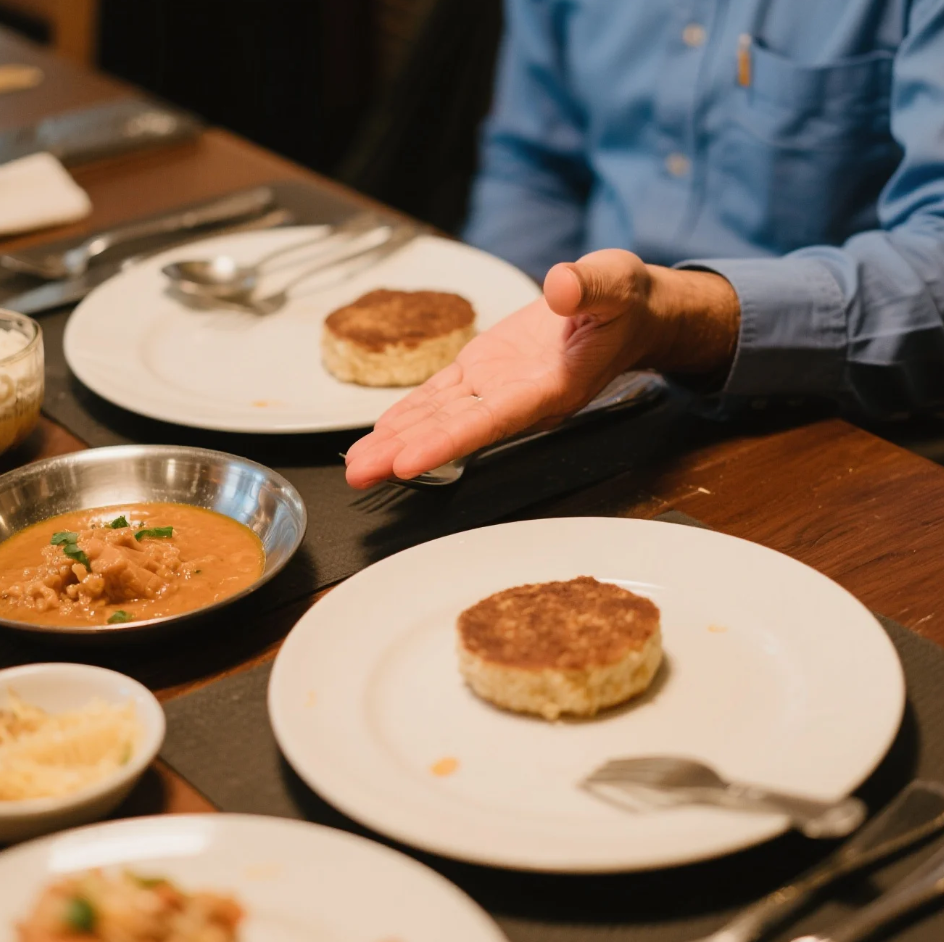
Tips for Travelers: How to Respect Dining Etiquette Abroad
If you’re traveling to India or any country where the right-hand dining rule is observed, here are some practical tips to help you navigate the cultural nuances respectfully:
- Always use your right hand when eating, passing food, or receiving items. Even if you’re left-handed, try to adapt to local customs.
- Wash your hands before and after meals. Many homes provide a small bowl or jug for rinsing.
- Avoid touching communal dishes with your left hand. This is considered unhygienic.
- Observe your host’s behavior. When in doubt, follow their lead to avoid mistakes.
- Respect the local pace of dining. Meals might be leisurely and social, not rushed.
- Ask politely if unsure. Most people appreciate your effort to respect their traditions.
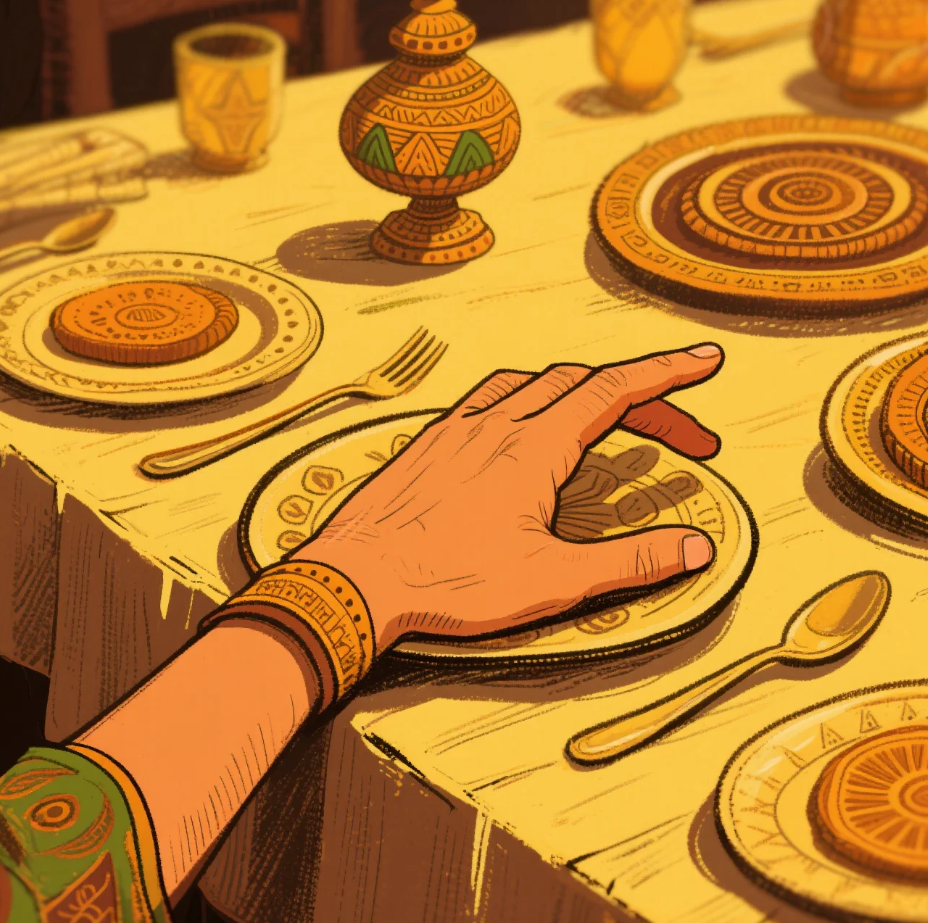
Cultural Etiquette in a Globalized World
In today’s increasingly interconnected world, understanding and respecting diverse dining customs is more important than ever. These traditions reflect deep cultural values, historical legacies, and social bonds. Embracing them enriches our travel experiences and promotes mutual respect across cultures.
The “only the right hand, please” rule might seem quirky or unfamiliar, but it offers a beautiful window into the cultural tapestry of India and other nations. It reminds us that even something as universal as eating can carry unique meanings and stories.
So next time you sit down for a meal in a foreign land, remember this simple yet profound etiquette. Your respect for these customs will be appreciated, and you might just discover that dining is not only about food but also about connection, tradition, and respect.
















